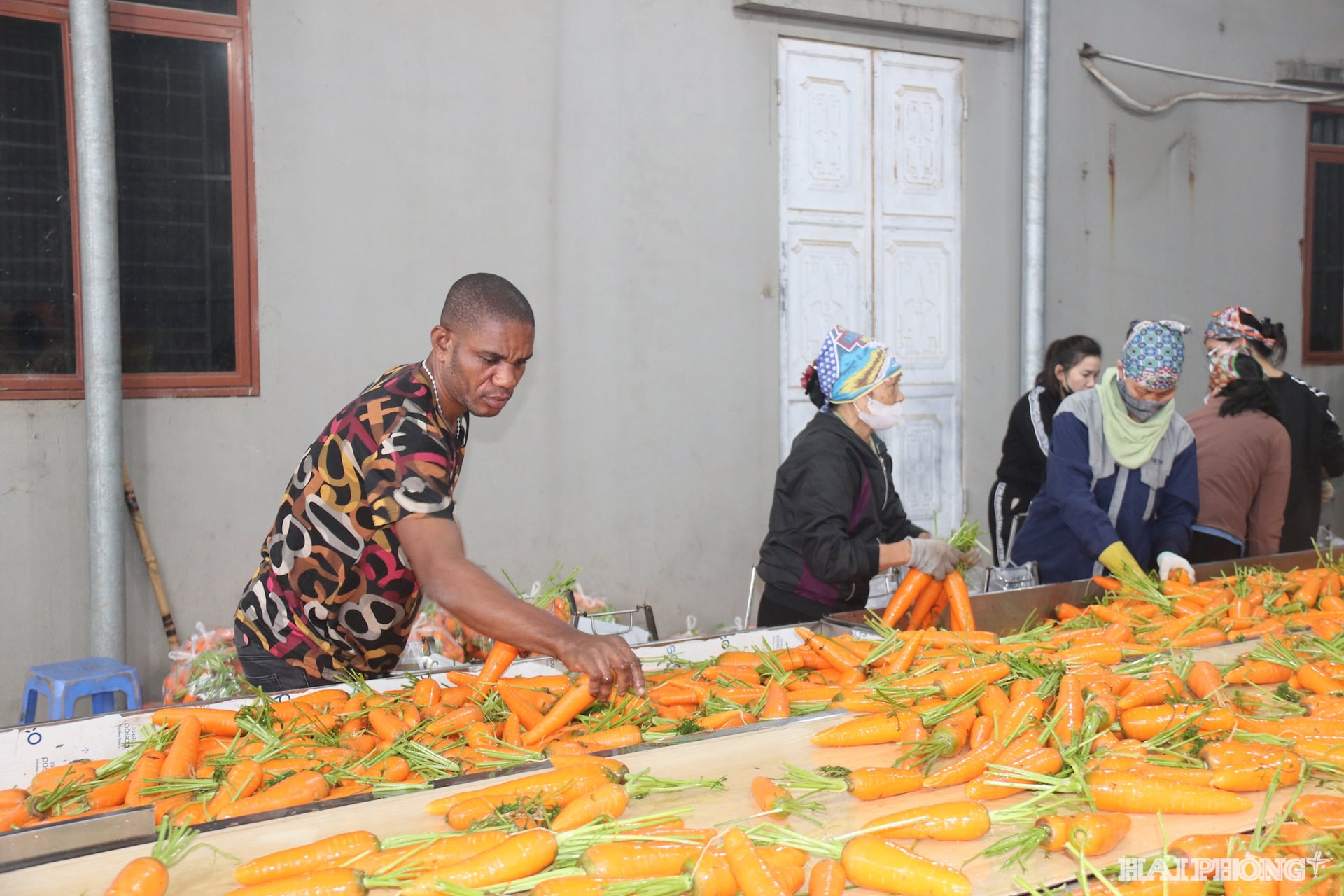
Connecting inter-regional agricultural products
For many years, Thanh Cuong Agricultural Service Cooperative (Ha Dong Commune) has been producing according to the traditional model: growing lychees, fertilizing with experience, consuming seasonally and mainly depending on traders. Although not far from the center of Hai Phong, the administrative boundary between the two localities is like an invisible wall, making it difficult for the cooperative's products to reach out.
Mr. Dang Van Hung, Director of Thanh Cuong Agricultural Service Cooperative, said that lychees are now grown according to VietGAP standards, but every lychee season, people often wait for traders from the east of the city to come and buy. Due to the lack of an official connection channel, the product is often only sold at a good price when the market is in short supply.
With the merger of Hai Duong and Hai Phong, Mr. Hung is happy and expects that not only lychee but also other agricultural products can be connected to the supermarket system, wholesale markets, and processing enterprises in the city center. Without administrative separation, people and cooperatives will find it easier to link up in production.
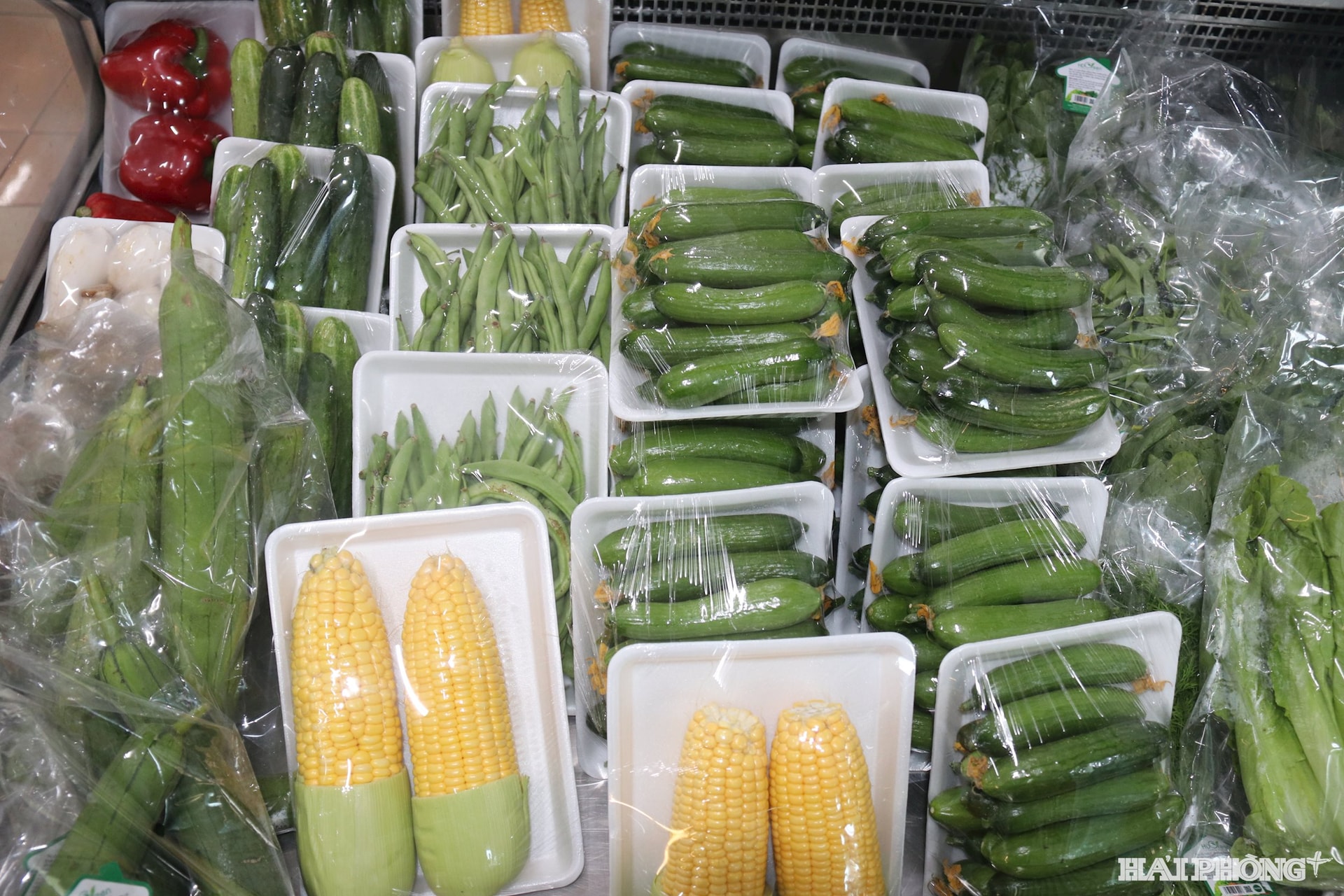
Many other cooperatives in An Thanh, Kim Thanh, Bac An Phu communes, etc. are also seeing opportunities to connect their products with the large market from Hai Phong City, which has a logistics system, seaport, cold storage and a bustling retail network.
Duc Chinh Agricultural Service Cooperative (Tue Tinh Commune) currently has 360 hectares of carrots with 9 concentrated production areas, of which 90 hectares are certified to meet VietGAP standards. Each year, the cooperative harvests about 15,000 tons of carrots.
Although it is easy to export to the markets of Korea and Malaysia, when prices are unstable, domestic consumption is still very difficult. Mr. Nguyen Duc Thuat, Director of the cooperative, said that the merger of the province is an opportunity to bring carrots to supermarkets without the need for intermediaries. For many years, members of the cooperative have invested in a system for processing and packaging carrots, but transportation costs and procedures through Hai Phong are also a barrier. When merging, smooth and synchronous policy mechanisms will reduce transportation costs, increase profits and expand the supply area to inner-city wards of Hai Phong, where the demand for clean vegetables is very high.
Open common agricultural development space
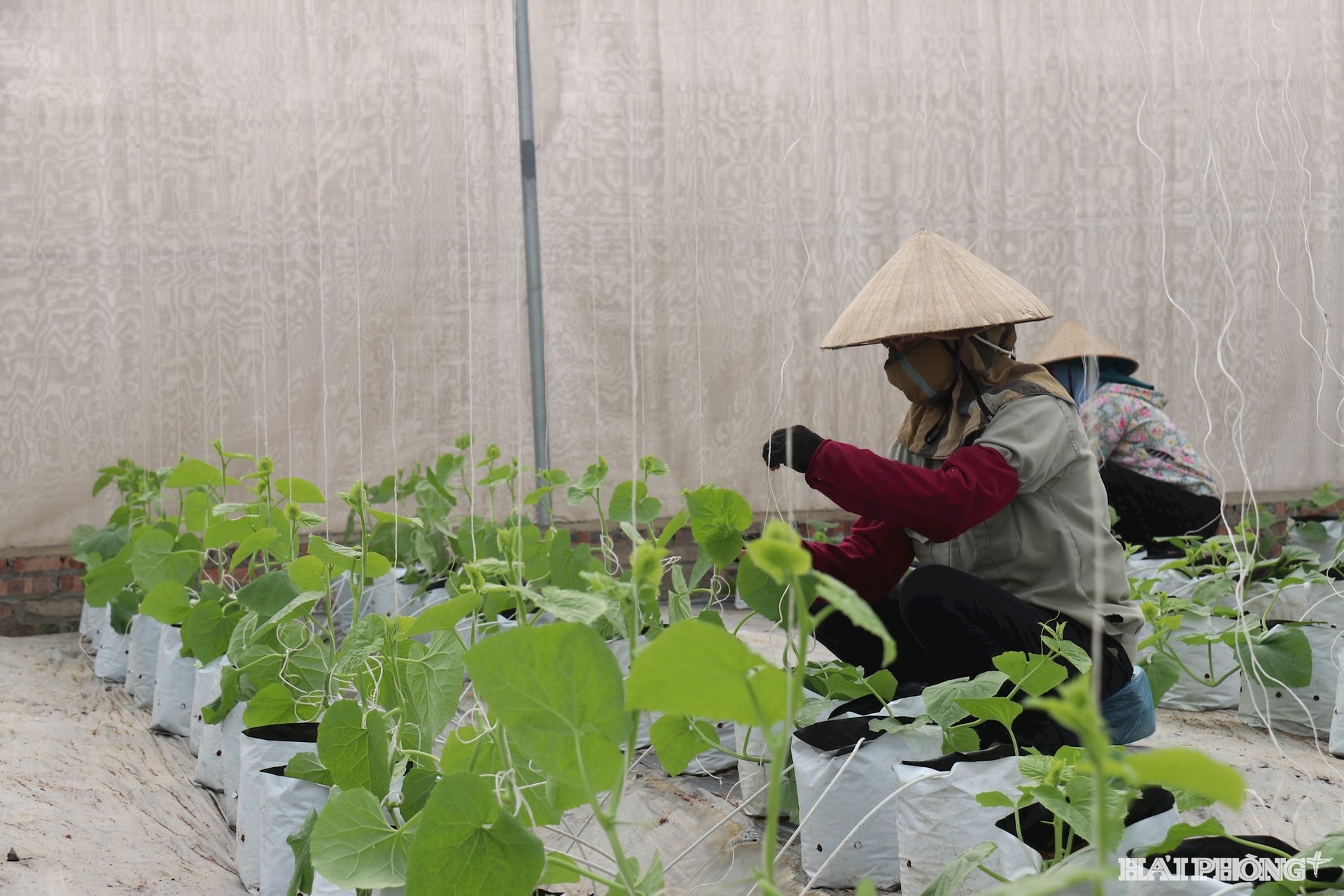
Hai Phong City currently has nearly 600 cooperatives operating in the agricultural sector. Although Hai Duong - Hai Phong has been merged, the cooperatives are still operating independently, awaiting instructions from superiors on changing their names after the merger. However, in reality, most cooperatives are small-scale and operate separately. Meanwhile, Hai Phong, with its strengths in logistics, trade and transport infrastructure, lacks high-value agricultural products, especially during the peak tourist season.
According to the representative of the Hai Phong City Cooperative Union after the merger, the authorities need to develop an inter-provincial agricultural development strategy, identifying complementary advantages between cooperatives. Currently, many cooperatives in the west of Hai Phong are still "alone in one region", many products must be consumed in Hung Yen and Hanoi. The merger will remove the "invisible boundary", creating a high-quality agricultural product area with high added value.
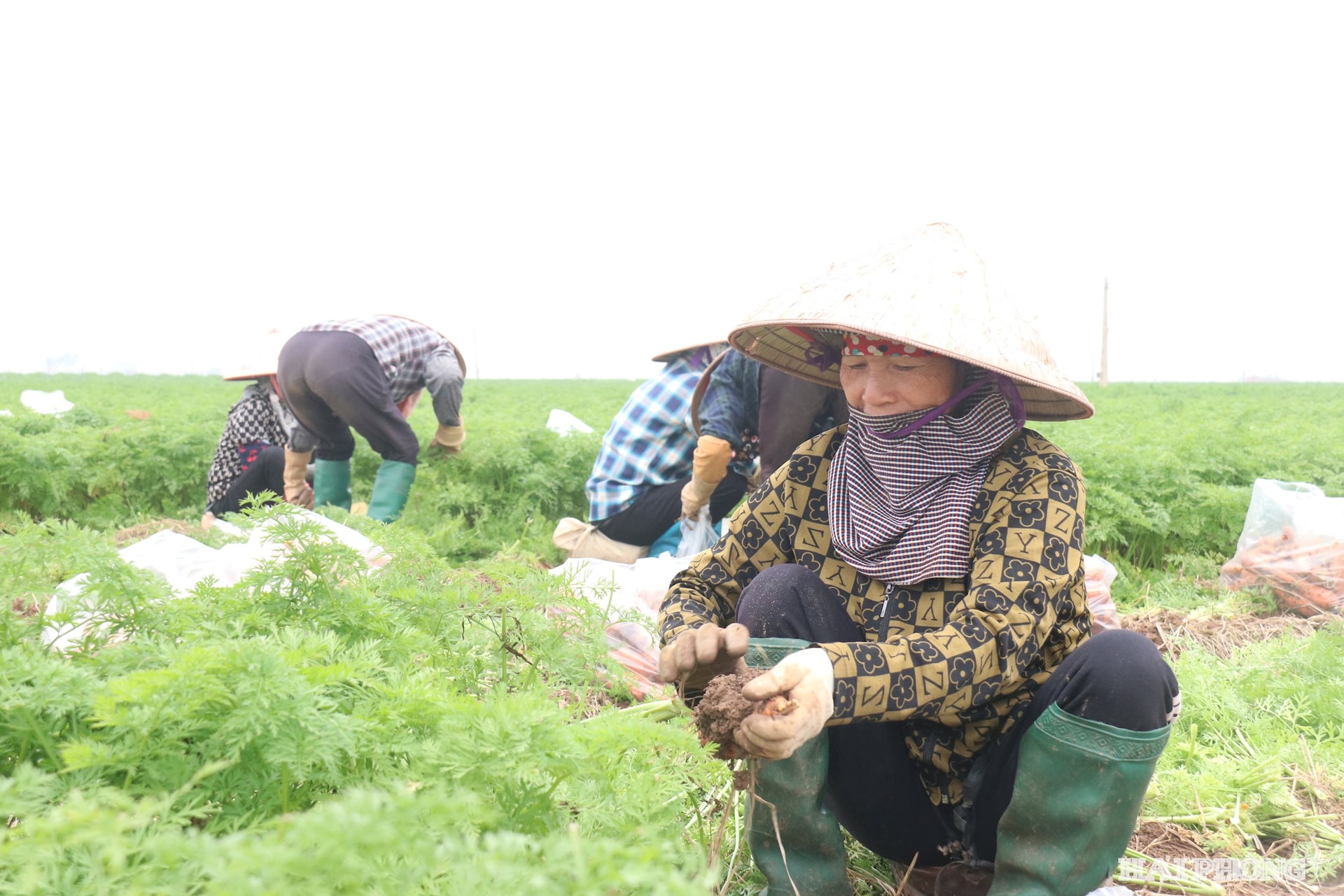
However, the merger not only opens up opportunities but also requires innovation for the cooperatives themselves. Faced with this reality, the city needs to soon direct a review of the cooperatives’ capacity, classifying them according to key product groups. On that basis, connect with the consumption and processing system in Hai Phong to form a new agricultural production and consumption cluster.
“Some strong cooperatives can absolutely play a leading role, from production to consumption. But there are also cooperatives that should be oriented to become satellites, specializing in a stage such as preliminary processing, packaging or agricultural logistics,” said Mr. Pham Gia Vu, Director of Le Loi Agricultural Service Cooperative (Gia Loc commune).
Currently, many cooperatives are ready to welcome the wave of connection after the merger. Mr. Nguyen Van Thuan, Director of Bach Dang Clean Agricultural Products Production and Trading Cooperative (Bac An Phu commune) hopes that the city will soon have an agricultural product distribution center in the border area between the two localities. Along with that, the city needs to support cooperatives with traceability stamps, growing area codes and standard certifications to meet the strict requirements of businesses and industrial parks in the area. In addition, building a common electronic agricultural product trading floor for the region is also very necessary.
Although there is still much work to be done, for agricultural cooperatives in the west, the consolidation of land boundaries with the city is the most anticipated step in many years. It will not only bring a larger consumer market but also help them access modern technology, management processes, and supply chains.
MINH NGUYENSource: https://baohaiphongplus.vn/nhieu-hop-tac-xa-phia-tay-khong-con-mot-minh-mot-vung-416014.html


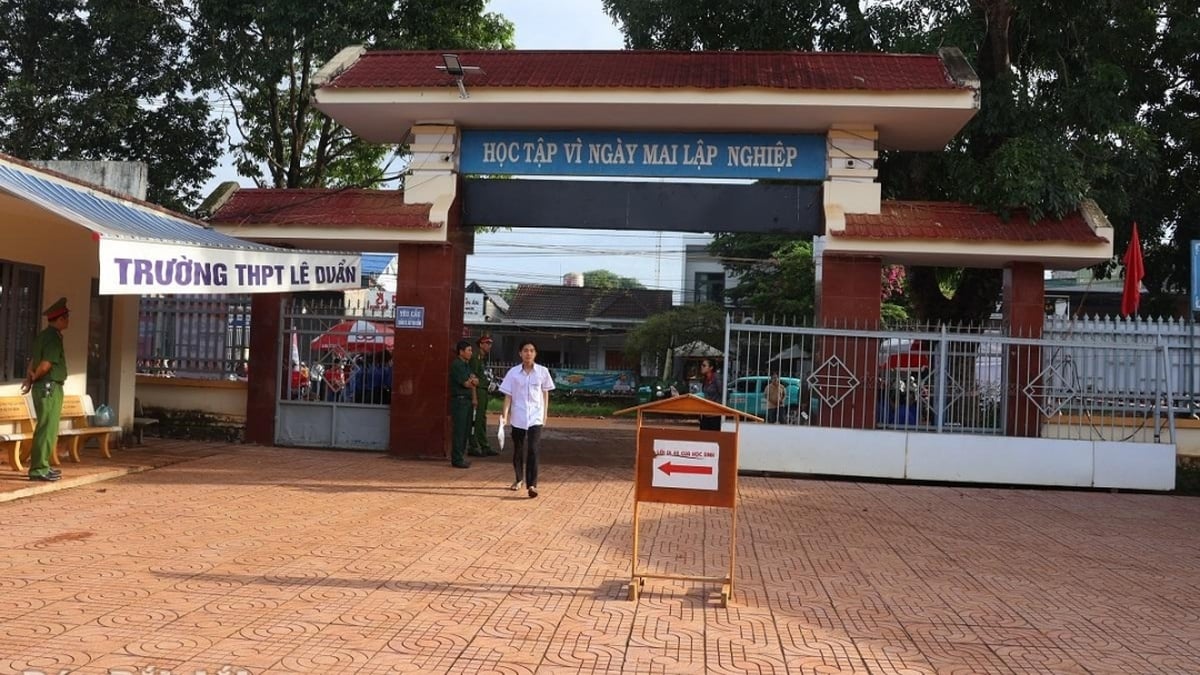







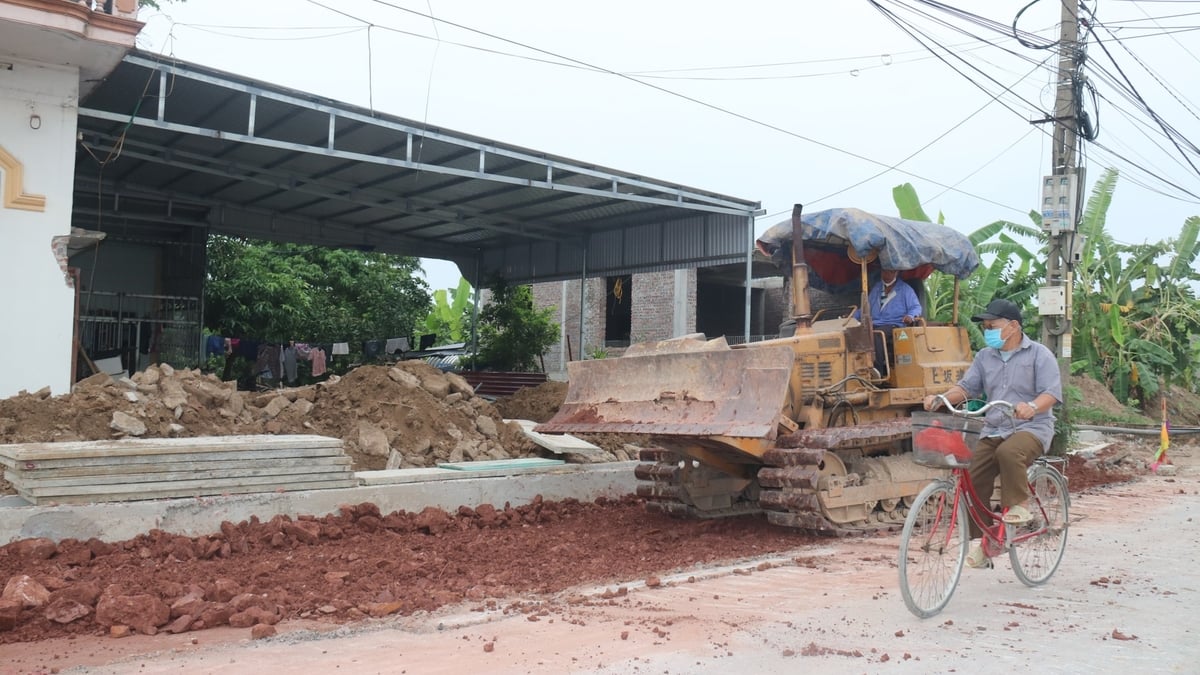















































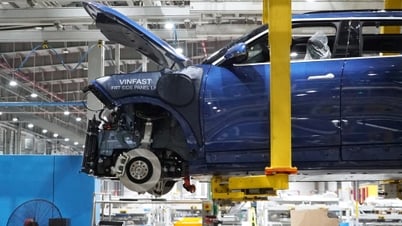





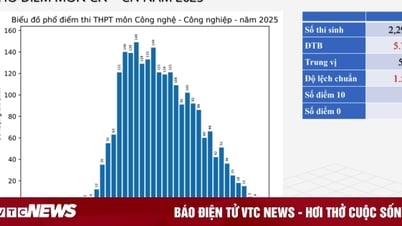







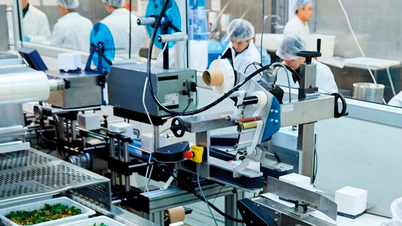


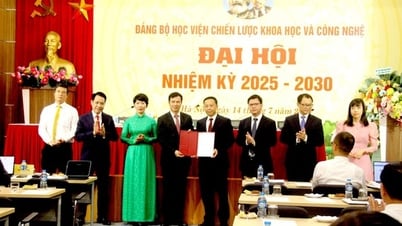


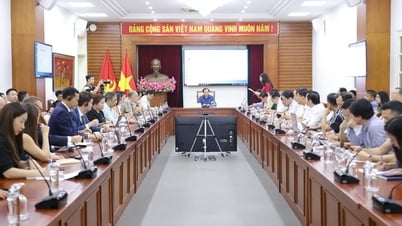























Comment (0)